Decorative rafter tails can elevate the aesthetic appeal of your home in ways you might not have imagined. As an enthusiast of architectural design, I’ve always found that the details make all the difference. Having installed decorative rafter tails in my own home, I can attest to their beauty and the charm they bring. In this article, I will guide you through everything you need to know about decorative rafter tails, from styles and materials to installation and maintenance tips.
What are Decorative Rafter Tails?
Decorative rafter tails are the exposed ends of roof rafters that extend beyond the walls of a home, usually featuring ornate designs. They play both functional and decorative roles. Functionally, they can help support the roof’s overhang, while decoratively, they add character and charm to various architectural styles.
History of Decorative Rafter Tails
Historically, decorative rafter tails have been a staple in various architectural styles, including Victorian, Craftsman, and Colonial designs. They serve as a representation of craftsmanship and attention to detail that has been passed down through generations.
Benefits of Decorative Rafter Tails
Choosing to install decorative rafter tails can provide numerous benefits:
- Aesthetic Appeal: They enhance the overall look of your home, offering a timeless or modern flair depending on the style.
- Increased Property Value: Attractive architectural features can add value to your property, making it more appealing to potential buyers.
- Personalization Options: With various materials and designs available, you can customize rafter tails to fit your personal taste and home style.
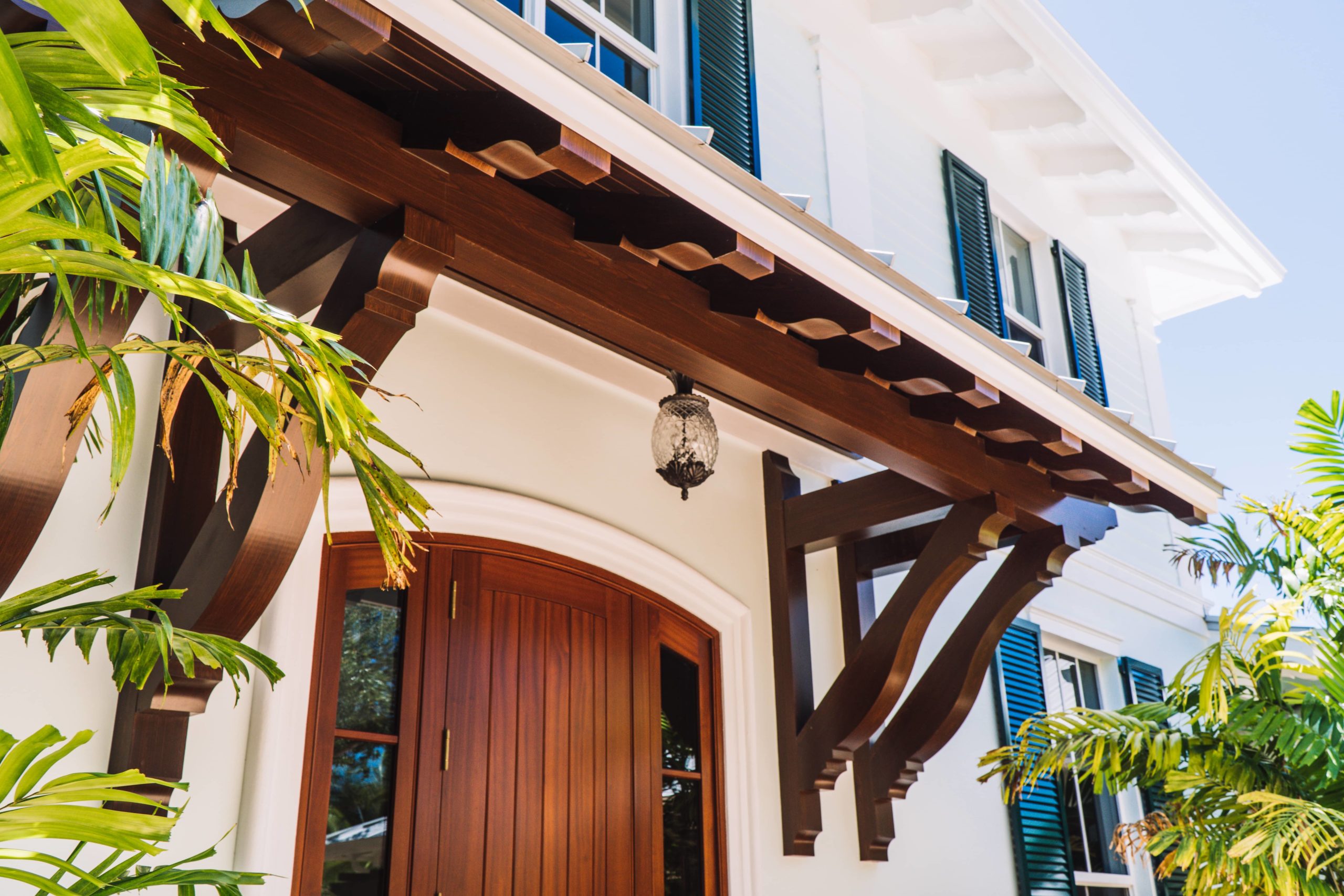
Exploring Different Styles of Decorative Rafter Tails
Understanding the different styles can help you choose the best decorative rafter tails for your home.
1. Craftsman Style
Known for its simplicity and function-driven design, Craftsman-style rafter tails usually feature straight lines and a hand-crafted look. They are typically made of wood, emphasizing natural materials.
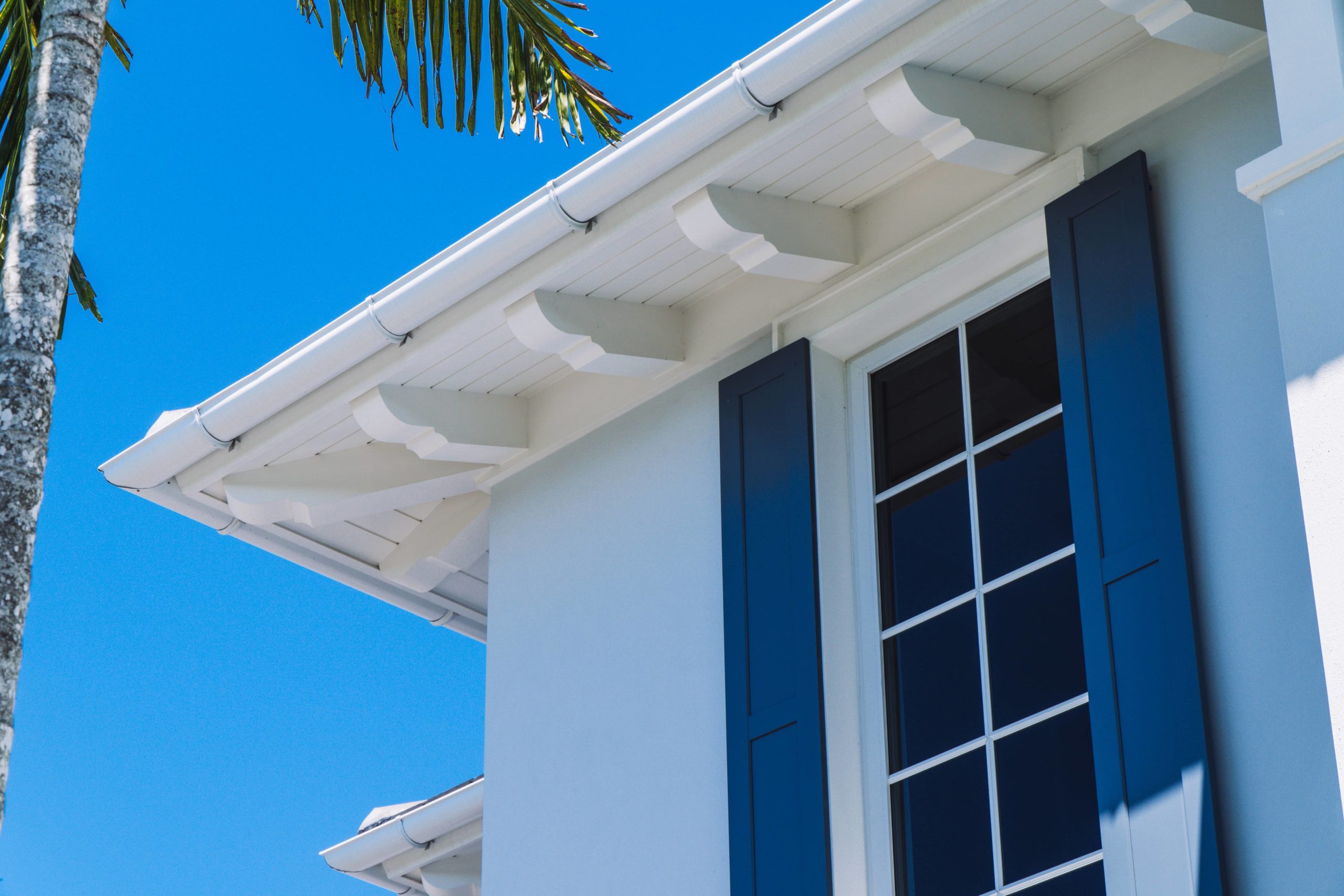
2. Victorian Style
Victorian rafter tails often have intricate carvings and curves, reflecting the ornate nature of the architectural style. These are perfect if you want to add a vintage touch to your home.
3. Contemporary Style
For a modern look, contemporary rafter tails tend to be minimalistic with clean lines and geometric shapes, often using materials like metal or composite materials.

4. Colonial Style
Colonial rafter tails can feature classic designs with symmetry and elegance. They often utilize traditional materials like wood and can include simple embellishments.
Materials for Decorative Rafter Tails
The material you choose can significantly affect the look and durability of your rafter tails. Here’s a quick overview of some popular materials:
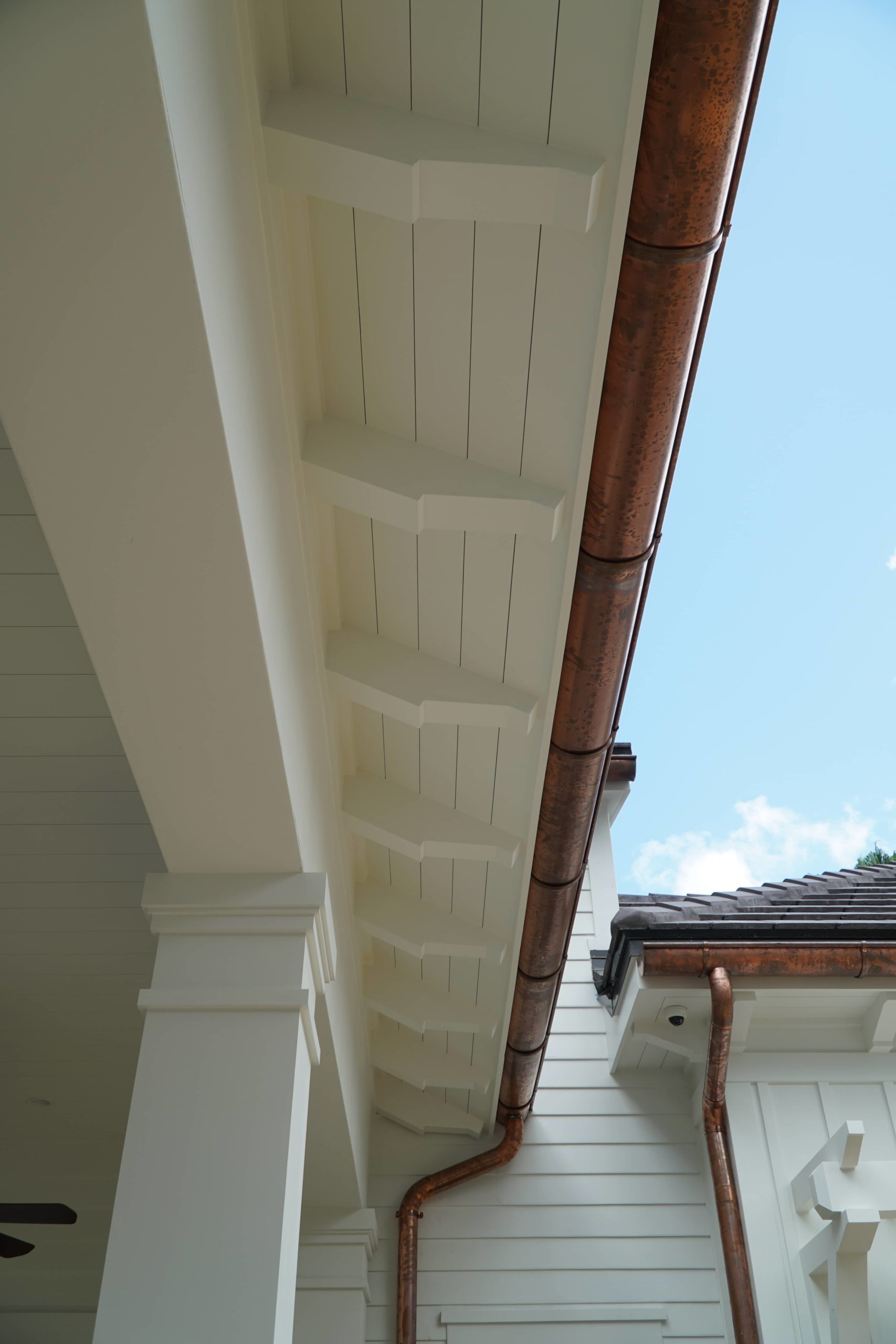
| Material | Pros | Cons |
|---|---|---|
| Wood | Classic look, good insulation, easy to customize | Can rot, requires maintenance, susceptible to pests |
| Vinyl | Low maintenance, resistant to rot and pests | Less authentic look, limited custom options |
| Composite | Durable, low maintenance, various styles available | Can be more expensive than wood, some concerns about appearance |
| Metal | Modern look, very durable, low maintenance | Can be prone to rust, limited color options |
Installation of Decorative Rafter Tails
Installing decorative rafter tails can be a DIY project if you are handy or can be done by a professional. Here’s an overview of the process:
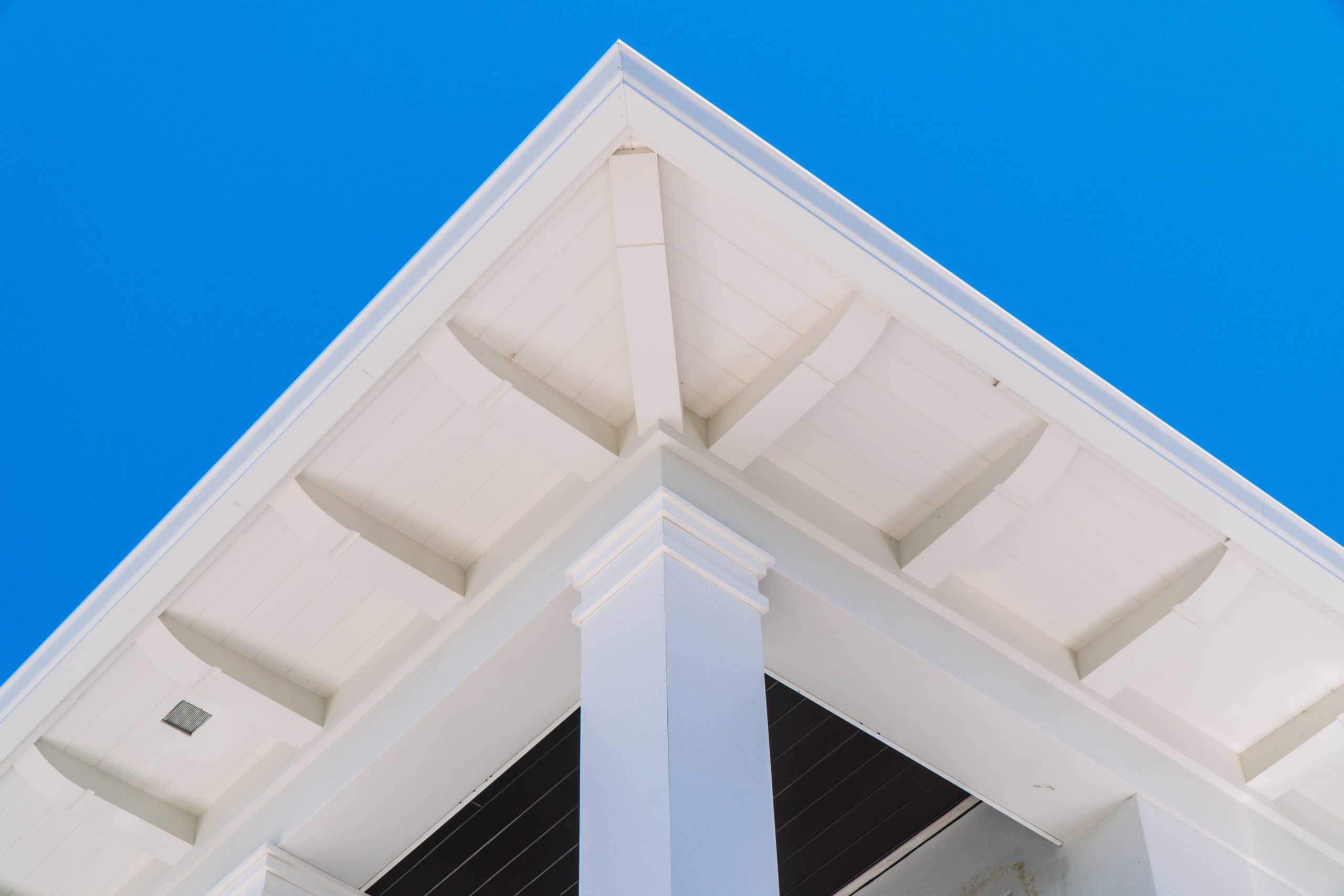
DIY Installation Steps
- Preparation: Gather materials, tools, and ensure you have safety equipment.
- Measure: Measure the length you want for the rafter tails and mark them on the rafters.
- Cut: Use a saw to make precise cuts according to your measurements.
- Shape: If you are adding decorative details, use chisels or routers to carve designs into the tails.
- Sand: Smooth out any rough edges to prevent splinters.
- Finish: Apply paint or stain to protect the wood.
- Attach: Use brackets or screws to secure the rafter tails to the rafters.
Hiring a Professional
If you’re not comfortable with DIY projects or if your design is complex, hiring a professional can ensure quality and safety. Be sure to check their portfolio and references before deciding.
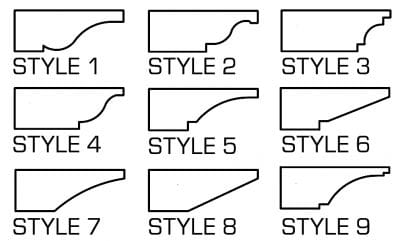
Maintenance Tips for Decorative Rafter Tails
Maintaining decorative rafter tails is essential for their longevity. Here are some tips:
- Regular Inspections: Check for cracks, rot, or damage regularly, especially after harsh weather.
- Clean Gently: Use mild soap and water to clean your rafter tails without damaging the finish.
- Refinish as Needed: Depending on the material, you may need to repaint or restain every few years.
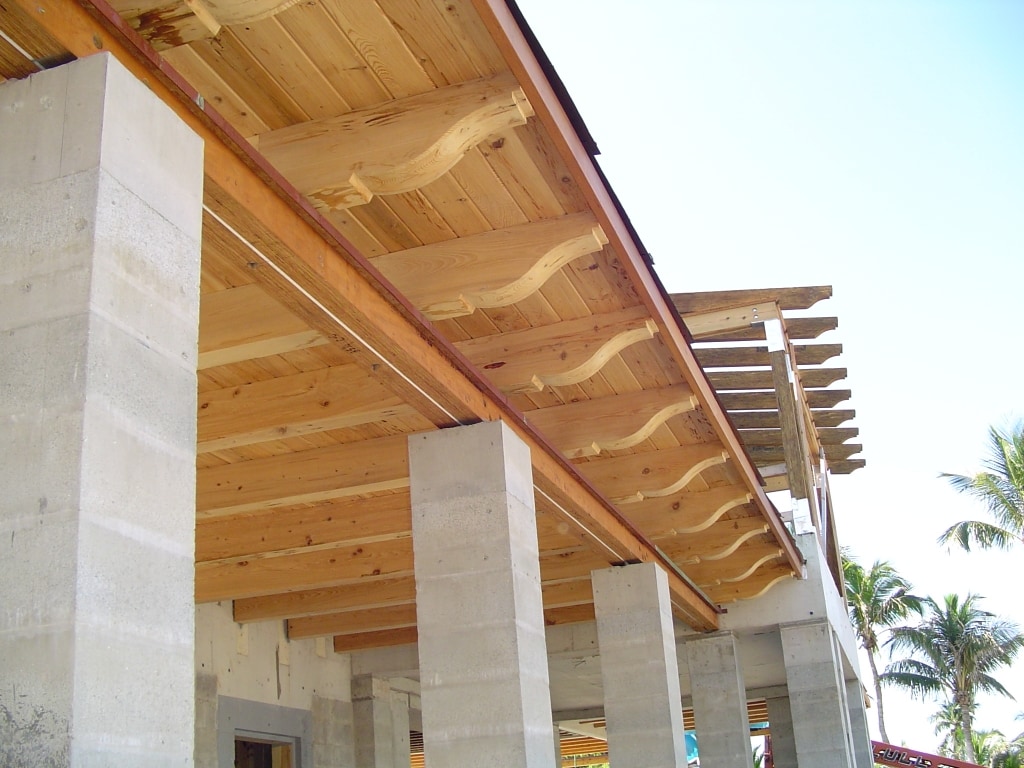
Decorative Rafter Tails: Pros and Cons
As with any home improvement feature, there are pros and cons to consider before installation:
Pros
- Add unique character to the home
- Enhance curb appeal
- Customizable to fit your style
- Can be a conversation starter
Cons
- Initial installation cost can be high
- Requires maintenance depending on material
- Could be prone to wear and tear if not properly cared for
FAQs About Decorative Rafter Tails
1. What are the best materials for decorative rafter tails?
The best materials depend on your style and budget. Wood offers traditional charm, vinyl is low maintenance, composite provides durability, while metal gives a modern look.
2. How can I customize my rafter tails?
You can customize rafter tails by choosing different materials, colors, and designs. Carving or etching patterns into wood or choosing vibrant paints can also enhance customization.
3. How long do decorative rafter tails last?
The lifespan of decorative rafter tails depends on the material used and the maintenance they receive. Properly maintained wood can last for decades, while vinyl and metal may last even longer.
4. Are decorative rafter tails worth the investment?
Yes, decorative rafter tails can significantly enhance the beauty and value of your home, making them a worthwhile investment for many homeowners.
Conclusion: Add Charm to Your Home with Decorative Rafter Tails
Whether you choose to install decorative rafter tails for their beauty, functionality, or both, they can transform your home’s exterior. The charm they add to various architectural styles is undeniable, and with the right care and maintenance, they can be a lasting feature in your home for years to come. I encourage you to explore your options and find the perfect rafter tails that resonate with your personal style.